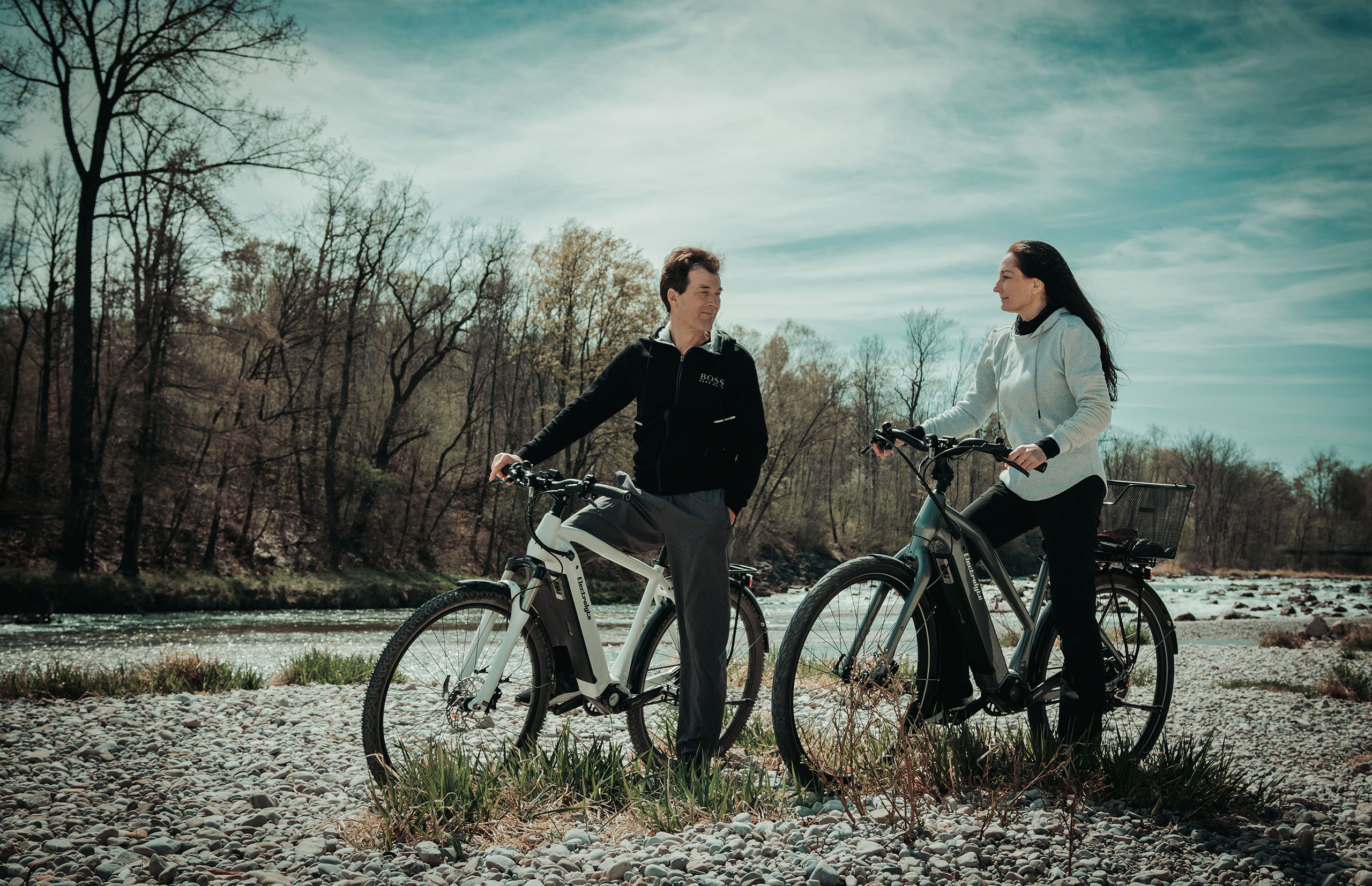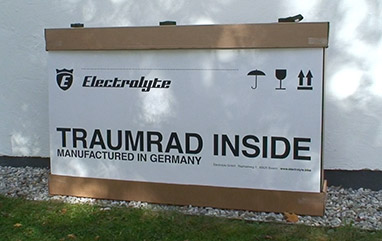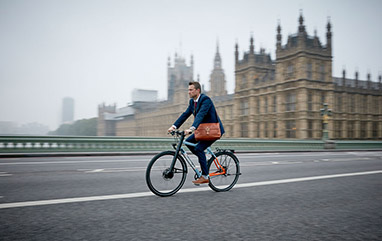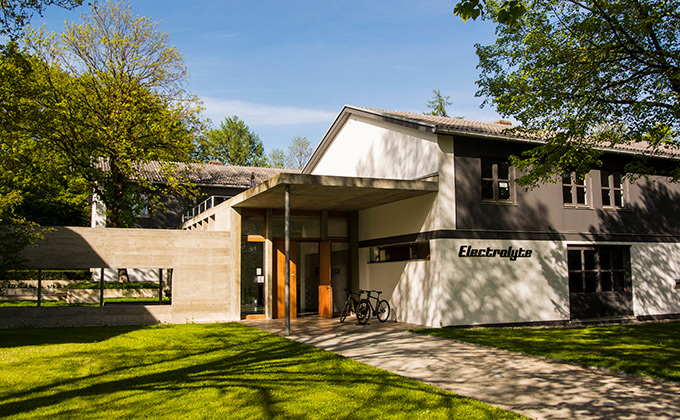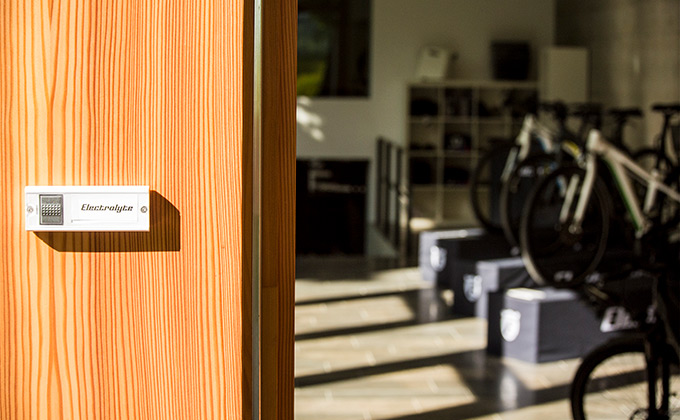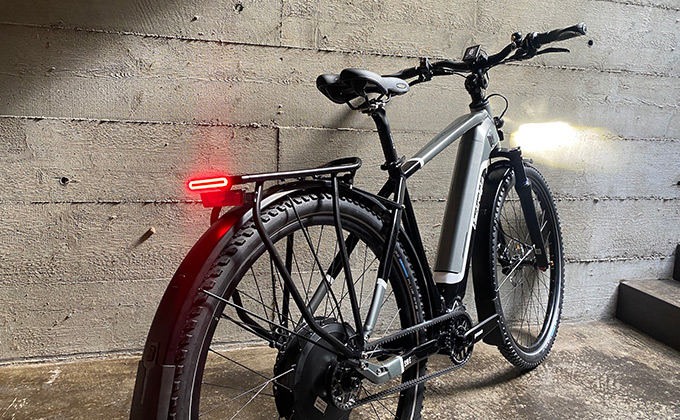F.A.Q.
Die Antworten auf häufiger aufkommende Fragen haben wir im Nachfolgenden zusammengestellt. Ist die Antwort auf Deine Frage nicht dabei, zögere bitte nicht uns zu kontaktieren.
BESTELLUNG & ABWICKLUNG
Du hast folgende Möglichkeiten ein Electrolyte Bike zu bestellen:
- auf unserer Website
- per E-Mail
- per Telefon
- in unserem Showroom
- bei unseren Händlern
Bestellungen auf unserer Website sind unverbindlich und werden von uns nochmals geprüft. Danach melden wir uns unverzüglich bei Dir. Hier findest Du alle Kontaktmöglichkeiten.
- Wir prüfen jede Bestellung noch einmal, melden uns unverzüglich bei Dir wenn Fragen auftauchen und senden Dir ein Angebot per E-Mail oder Post zu.
- Sagt Dir dieses Angebot zu, schicke uns bitte eine Kaufbestätigung zurück.
- Nach Deiner Kaufbestätigung erstellen wir Dir eine Rechnung und schicken sie Dir zu. Mit dem Zahlungseingang geht Dein Rad in Produktion. Sollten wir Dein Traumrad vorrätig haben, versenden wir es bei Eingang der Zahlung zu Dir nach Hause. Natürlich kannst Du es auch direkt bei uns abholen, dann ist auch Barzahlung möglich.
- Vorabüberweisung
- Barzahlung bei Abholung
- Lieferung per Spedition
- Abholung in der Manufaktur
- Abholung bei unseren Händlern
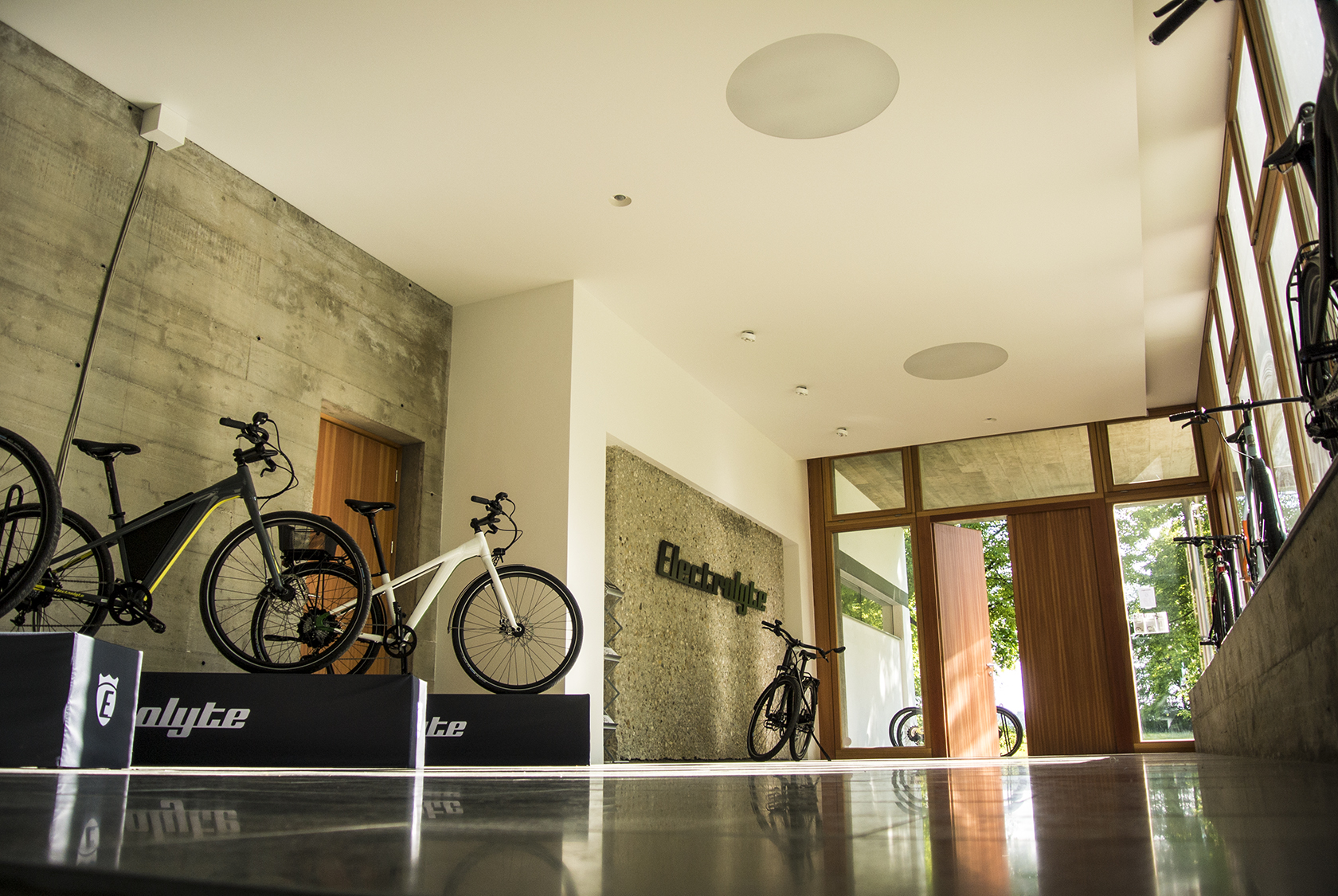
WARTUNG & SERVICE
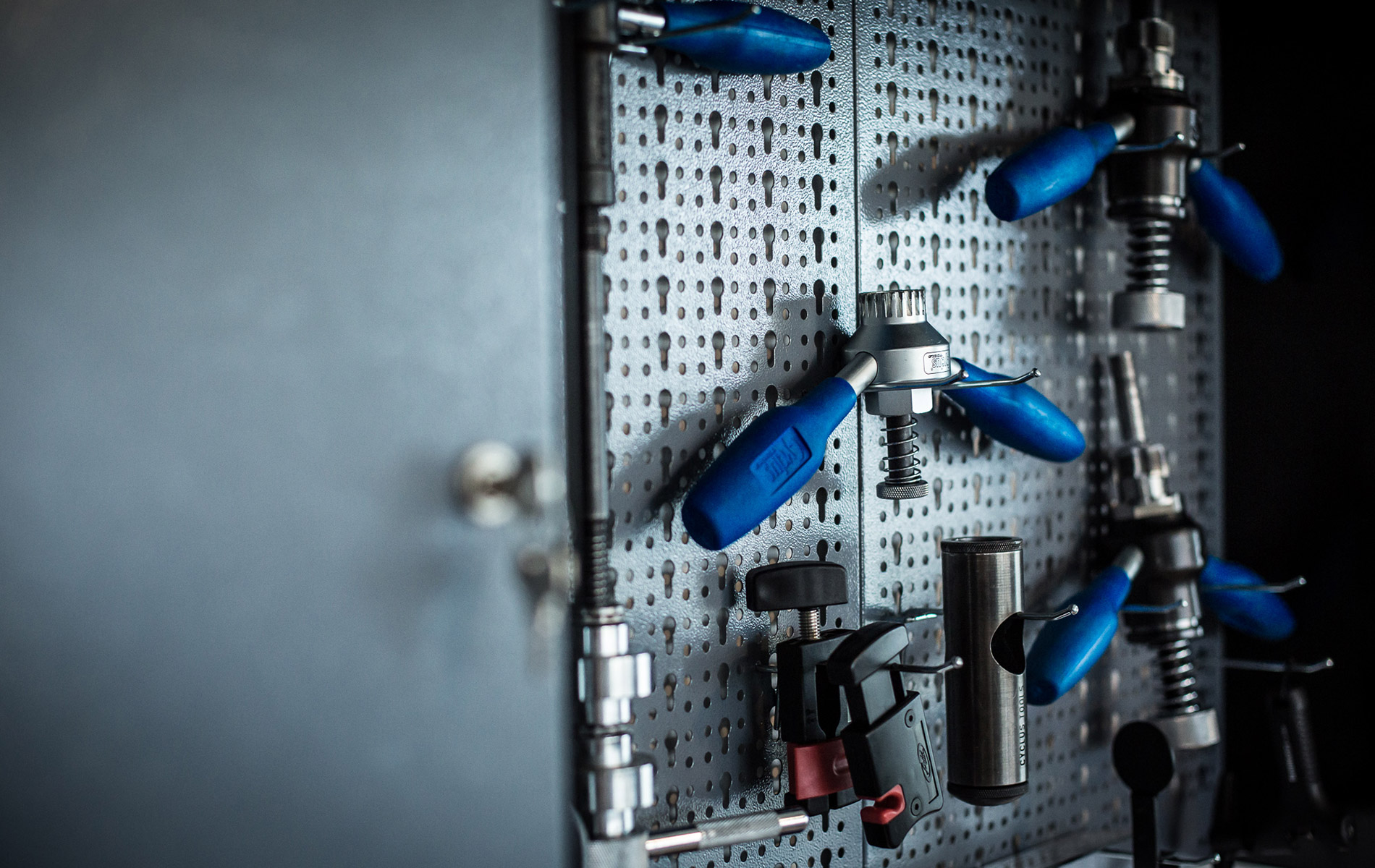
TECHNIK - AKKUMULATOR
- Lagere den Akku nicht im Fahrrad oder am Ladegerät, sondern immer separat.
- Lagere den Akku nicht in einem leeren Zustand, da dies zu einer Tiefentladung desselbigen führen kann. Bei Nicht-Beachtung besteht kein Gewährleistungsanspruch.
- Lagere den Akku bei Temperaturen zwischen +10°C und +25°C
Hinweis:
Bedenke, dass es z.B. in der Garage oder im Keller häufig Temperaturen unter +10°C hat, besonders in den Wintermonaten.
Hinweis:
Der Akku ist bei längerem Nichtgebrauch alle 3 Monate zu laden, andernfalls kann dies zur Tiefentladung und nachfolgend Beschädigung der Zellen führen.
Hinweis:
Versuche nicht, noch ein paar Meter durch wiederholtes Starten des Systems herauszukitzeln. Dies kann den Akku beschädigen.
Achtung:
Der Akku darf nicht kurzgeschlossen werden. Kurzschlussgefahr besteht durch metallische Gegenstände oder andere leitende Oberflächen in der Nähe der Akkukontakte und des Ladesteckers.
Vorsicht! Lose metallische Gegenstände werden von Magneten im Akku angezogen und können einen Kurzschluss verursachen.
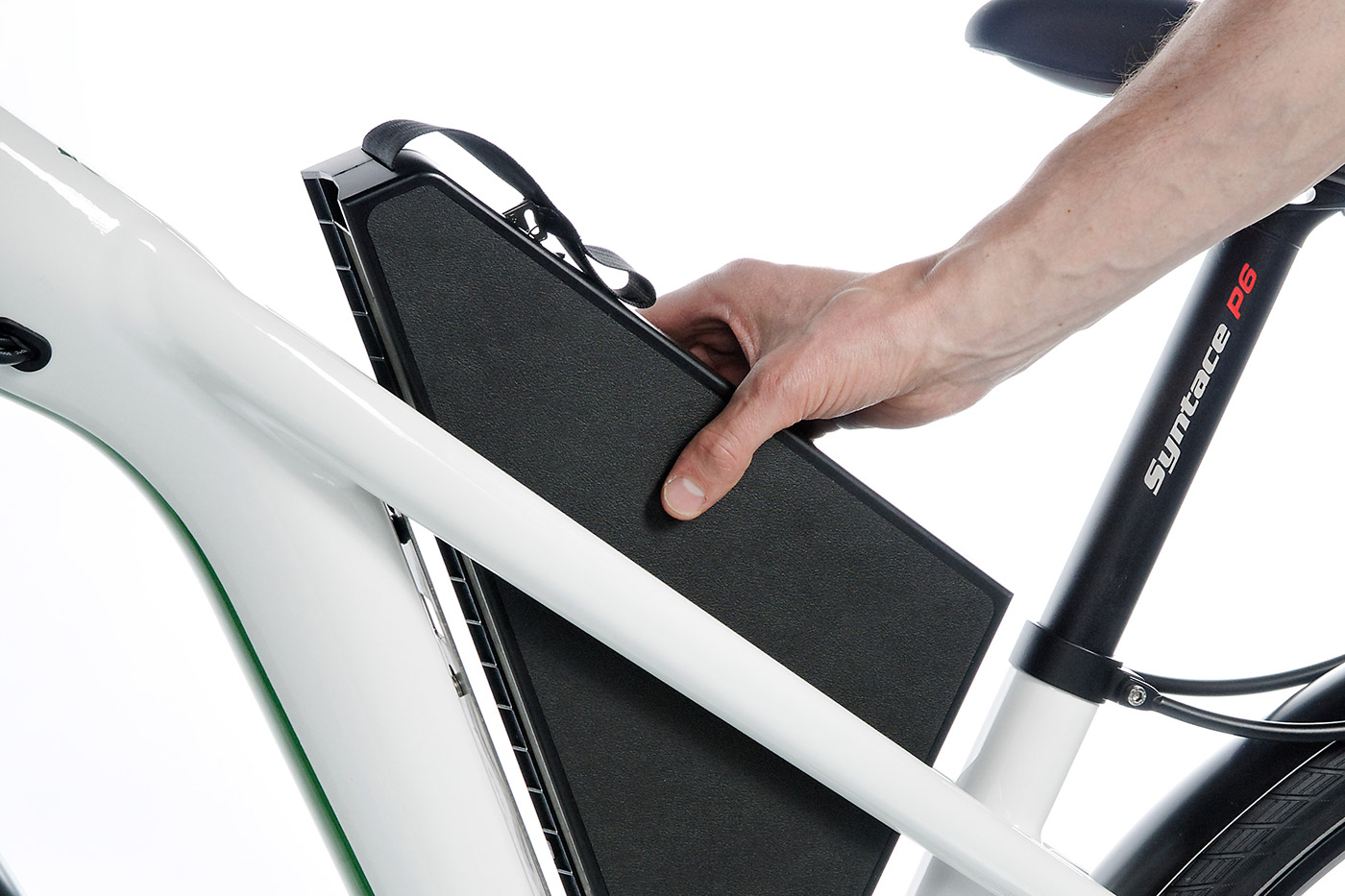
STVO
Der Begriff Pedelec steht für Pedal Electric Cycle und ist eine allgemeine Bezeichnung für ein Elektrofahrrad, welches hybrid mit Elektromotor und Muskelkraft betrieben wird. Anders als beim E-Bike kann bei Pedelecs der Elektromotor nur dazu geschaltet werden, wenn der Fahrer auch in die Pedale tritt. Das Pedelec ist führerscheinfrei und von der Helmpflicht (Fahrradhelm) befreit, solange der Motor bis maximal 25 km/h unterstützt.
Pedelecs, deren Motorunterstützung über 25 km/h nicht abschaltet, und/oder mit mehr als 250 Watt Motorleistung sind nach europäischer Definition „Kleinkrafträder mit geringer Leistung“ und benötigen ein Versicherungskennzeichen und der Faherer eine Fahrerlaubnis der Klasse M. Die Höchstgeschwindigkeit ist dann auf 45km/h begrenzt.
E-Bikes sind Fahrzeuge, die verkehrsrechtlich als „Leichtmofa“ bezeichnet werden. Die Steuerung der Leistungsabgabe des Motors erfolgt über einen Drehgriff oder Gashebel am Lenker. Für das Führen dieser Fahrzeuge ist eine Mofa-Prüfbescheinigung erforderlich. Leichtmofas erreichen eine Höchstgeschwindigkeit von maximal 20 km/h ohne mittreten. Das Motorsteuergerät ist so programmiert, dass die Motorunterstützung ab einer Geschwindigkeit von 24km/h aussetzt und erst bei einem geringeren Tempo wieder zuschaltet. Es besteht keine Helmpflicht.
Außerdem gibt es noch die sogenannten „Kleinkrafträder“, worunter auch die E-scooter fallen, die mit einer Höchstgeschwindigkeit von bis zu 45 km/h und einer Motorleistung bis maximal 4 kW fahren. Für diese Fahrzeuge besteht Helmpflicht (typengeprüft für Motorräder) und es wird eine Fahrerlaubnis der Klasse M oder höherwertig verlangt. Ein Versicherungskennzeichen ist ebenfalls erforderlich.
Achtung:
Der standardmäßige Lieferumfang der Modelle genügt ggf. nicht der Straßenverkehrsordnung! Für die Teilnahme am öffentlichen Straßenverkehr ist fehlende Sicherheitsausstattung nachzurüsten. Bitte kontaktiere hierzu sowie bezüglich landesspezifischer Unterschiede deinen Fachhändler.
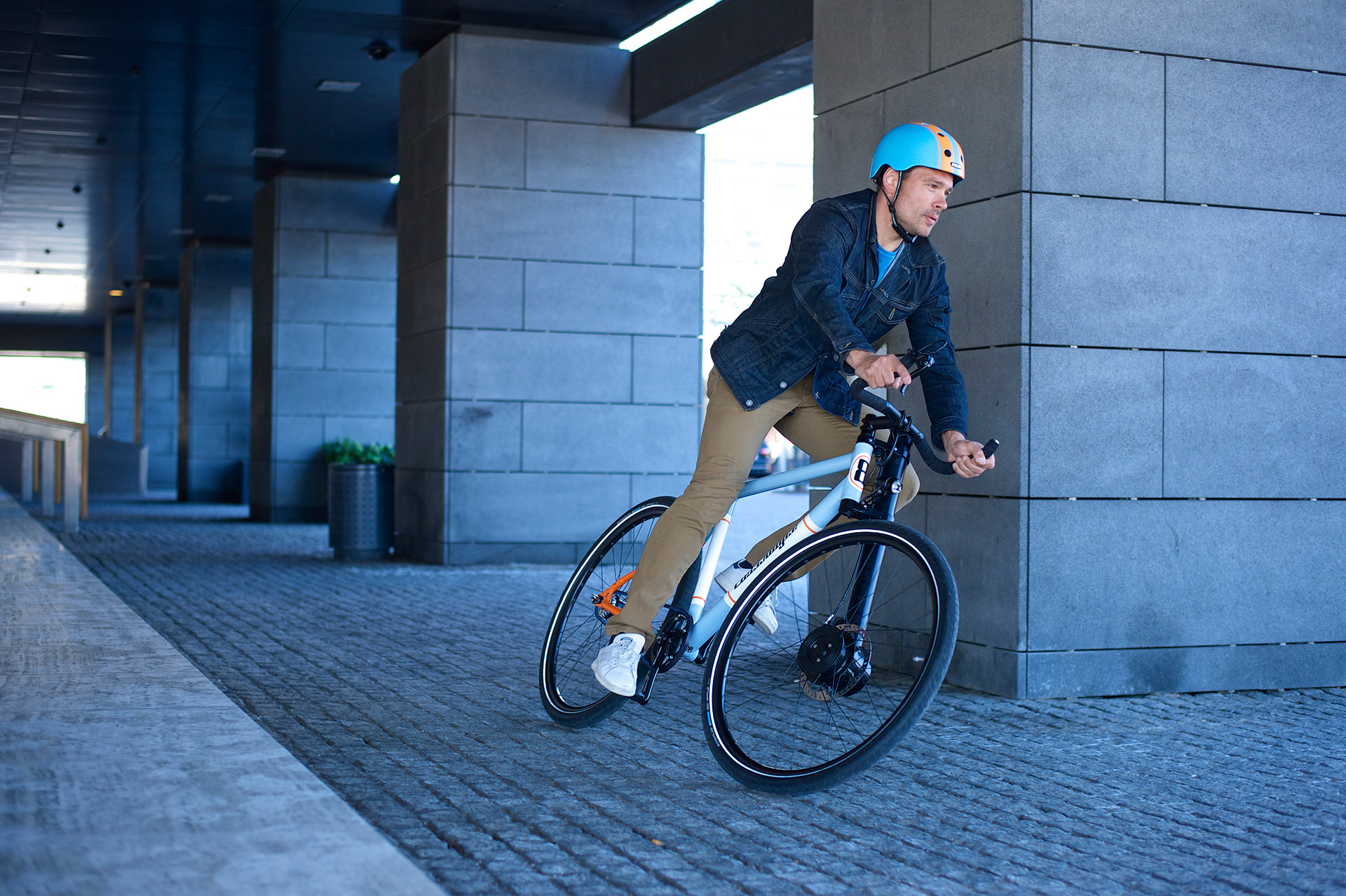
Du hast Deine Frage hier nicht beantwortet bekommen?
Dann melde Dich direkt bei uns:
Kontakt
- Raphaelweg 1
D-85625 Baiern
